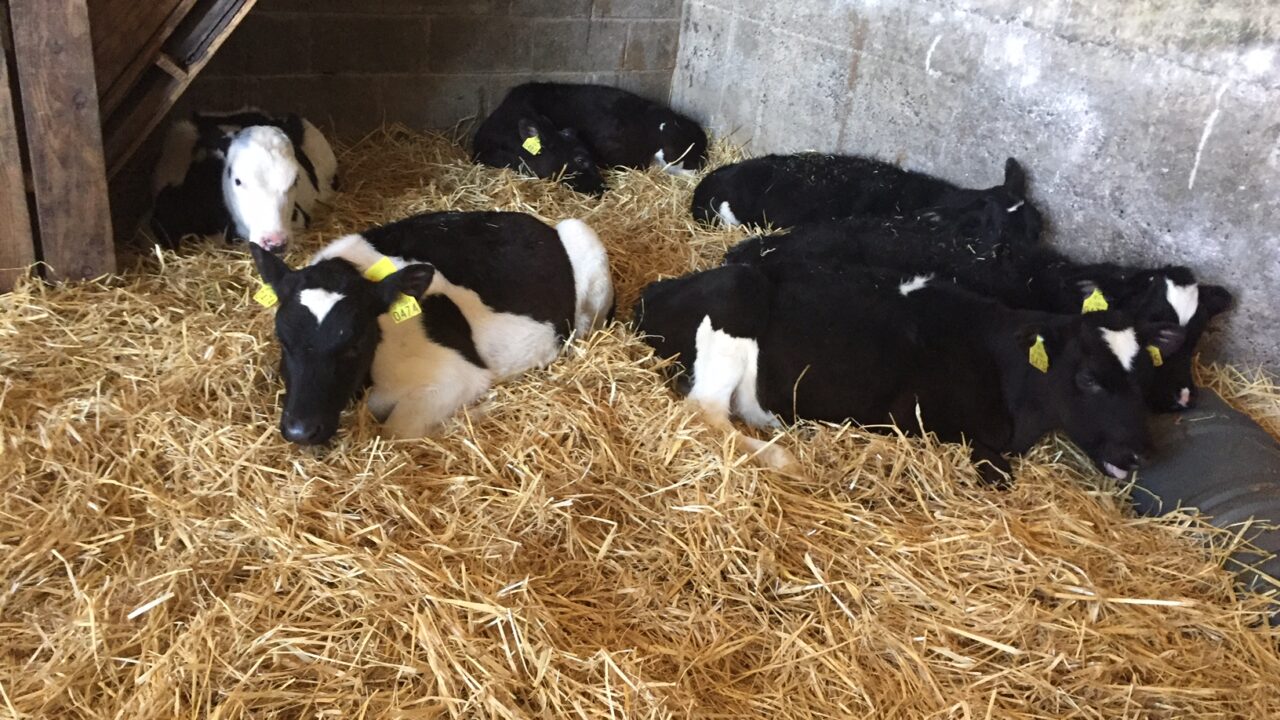Although calf registrations are now decreasing, the calving season on some farms continues, with numbers now surpassing the two million mark.
Most spring-calving herds will have all their cows calved as we head towards the end of June, with calf numbers now presenting in lower marks.
Most dairy farms now have the bull running with the cows, or have switched to using beef artificial insemination (AI).
The good weather over the last number of weeks also means that by now, most farms have harvested their first-cut silage and are switching the focus to the second cut.
The latest figures from the Irish Cattle Breeding Federation (ICBF) show that calf registrations have now reached 2,004,159 – this accounts for a 30,025 increase on the previous year’s figures for the same time period.
Breakdown
The week ending June 18, saw a total of 23,046 calves registered, which is a decrease compared to the same time period in 2020, when 30,722 calves had been registered.
Taking a closer look at the figures, we see that 7,350 dairy calves had been registered in the week ending June 18 – which again, is actually a decrease compared to 2020, when 10,670 calves were registered.
Taking a look at the beef births, we see that similar to dairy calves, the number being registered has decreased compared to 2020 figures.
For the week ending June 18, some 15,696 beef calves were registered, a decrease of 4,356 head compared to 2020, when 20,052 calves were registered.
Calf registrations up to and including the week ending June 18, 2021:
- Dairy calf births: 1,412,087 (+48,610);
- Beef calf births: 592,072 (-18,585);
- Total births: 2,004,159 (+30,025).
Summer scour
Summer scour is a fairly new illness seen in young calves turned-out to grass, whereby calves start to scour profusely, becoming dehydrated and losing weight rapidly.
Summer scour is believed to be caused by high-quality grass being offered to calves at such a young age.
If your calves develop symptoms similar to summer scour, it is recommend that they are rehoused and fed a high-fibre diet of straw and hay for a period of four to six weeks.
